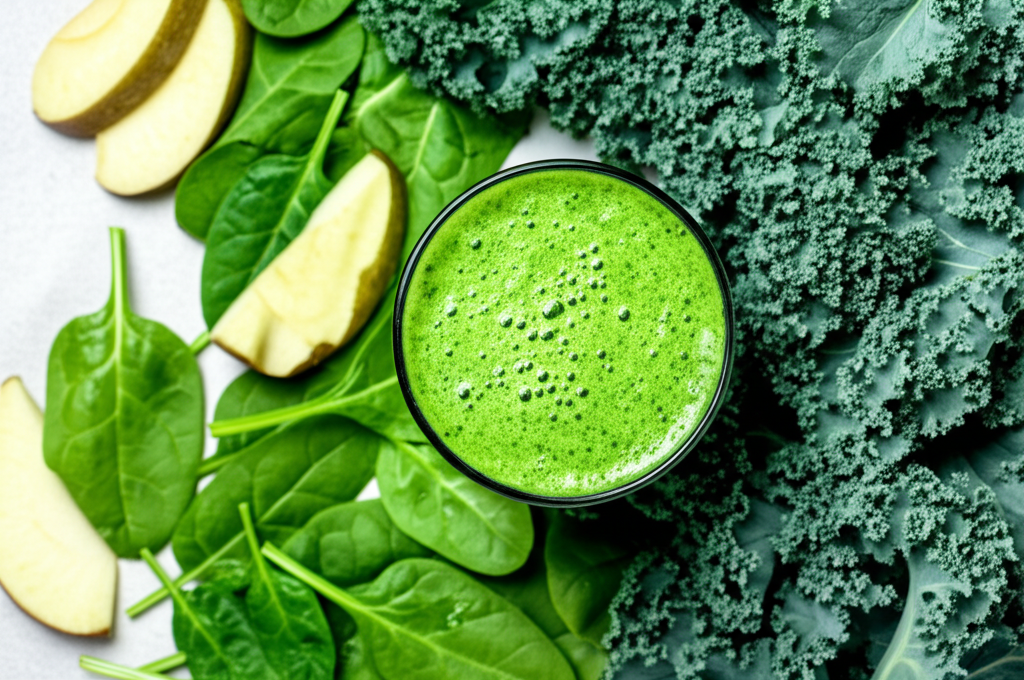Managing high blood pressure naturally involves a comprehensive approach that addresses the root causes. Often called the “silent killer,” hypertension can lead to serious health issues like heart attacks if left unaddressed. Fortunately, there are several natural strategies that can help lower blood pressure.
Extensive experience in health centers across various countries has shown a correlation between overweight, obesity, and high blood pressure. Implementing specific steps has proven effective in gradually reducing blood pressure, sometimes even eliminating the need for medication under medical supervision.
It’s crucial to understand that dietary choices significantly impact the body’s nervous system, either raising or lowering blood pressure.
One of the most effective steps in managing high blood pressure is reducing insulin levels by limiting the consumption of type “E” foods. These include bread, pasta, flour, rice, potatoes, root vegetables, cereals, sugar, sweets, chocolate, milk, fruit juices, and sugary sodas. Type “E” foods increase glucose production, forcing the body to produce more insulin.

Insulin’s role in regulating blood glucose levels is vital. When you consume refined carbohydrates, they convert to glucose, prompting the pancreas to release insulin. However, insulin also causes the kidneys to retain sodium (salt). This sodium retention leads to increased fluid volume in the blood, subsequently raising blood pressure. Therefore, controlling blood pressure naturally requires reducing the intake of refined carbohydrates.
The connection between diabetes and high blood pressure is often due to either insulin use or a diet high in refined carbohydrates. Increased insulin levels, whether produced by the body or introduced through injections, cause sodium retention, leading to elevated blood pressure.
A 3×1 diet, which reduces the portion of type “E” foods to a quarter of the total intake while emphasizing type “A” foods, can help lower blood pressure by reducing insulin levels.
Research supports this approach. A study by Dr. Friedberg in 1991 demonstrated that insulin increases sodium reabsorption. Additionally, a 1975 study by Dr. De Fronzo and his group explained that increased insulin secretion leads to sodium retention, raising blood pressure due to increased fluid volume.

Besides reducing insulin levels, other steps can accelerate the process of lowering blood pressure naturally.
1. Hydration: Adequate hydration helps prevent the body from producing vasopressin, a hormone that constricts blood vessels to conserve water but also raises blood pressure.
2. Magnesium and Potassium: These minerals are essential for those with high blood pressure. They work together to help lower blood pressure.
3. Green Juices: Green juices are rich in magnesium, potassium, and other minerals and vitamins that relax the cardiovascular system.
4. Avoid Excitatory Foods: Foods that stimulate the nervous system, such as red meat, pork, and fats, can raise blood pressure by constricting capillaries.
By following these five steps – reducing insulin levels, staying hydrated, consuming magnesium and potassium, incorporating green juices, and avoiding excitatory foods – individuals can observe a decrease in their blood pressure.



